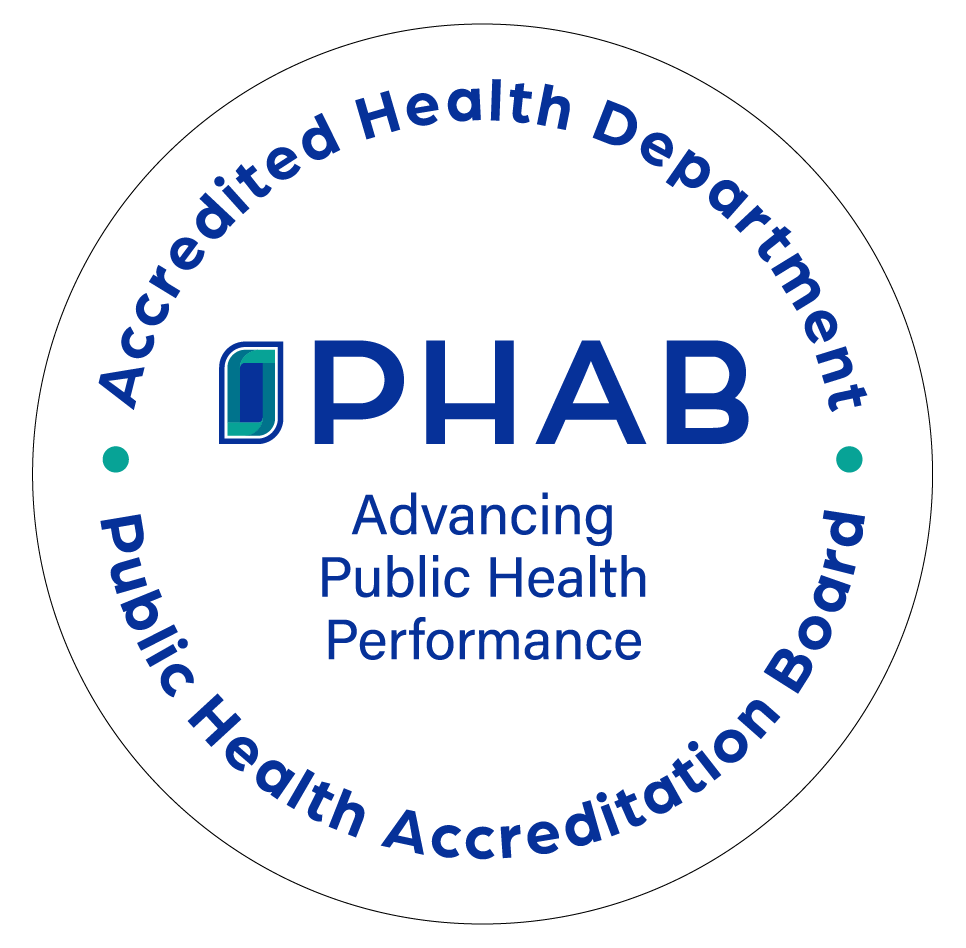Transition: Early Learning to Preschool and Post-Secondary
Indiana Department of Education’s Navigating the Course: Finding Your Way through Indiana’s Special Education Rules has sections related to both areas of transition noted below. Information on transitioning from early intervention to preschool is covered in the Early Childhood Special Education section beginning on page 33. Post-Secondary Transition information is covered in the Preparing for Transition from School to Life section on page 35.
Early Intervention to Preschool Transition
Transition for children at 3 years of age means changing from Early Intervention/Part C services (Indiana First Steps) and may include early intervention services from the CDHHE Network and perhaps other First Steps agencies. Rules and regulations as well as the responsibility for service provision will change when children turn 3 years old, however, there will be a plan for that process. Individuals with Disabilities Education Act (IDEA) Part B rules, including eligibility and Individualized Education Plans (IEP), are different than First Steps eligibility and Individual Family Service Plans.
Resources
The Center for Deaf and Hard of Hearing Education provides information, resources and services that can support children and families, as they transition to another program. The Center is available to ensure all deaf and hard-of-hearing children in Indiana learn, grow and progress to the best of their abilities.
- Information in this booklet (Spanish) will explain the steps in the transition process.
- This fillable document (Spanish) (Haitian Creole) (8x14 version) can be used during transition meetings to assist families in understanding the roles of different organizations.
Post-Secondary Transition
As a student enters high school (or turns 14), transition planning begins to provide support to families and students in reaching their post-secondary outcomes, such as further education, employment and independent living. Indiana’s Department of Education shares more in-depth information on its Secondary Transition page. A Transition Individualized Education Plan (IEP) is required to be in effect when the student enters 9th grade or the year in which the student turns 14, whichever occurs first. If appropriate, the student may attend the case conference sooner as determined by the Case Conference Committee (CCC). A transition IEP contains annual goals and services to help the student achieve postsecondary goals in the areas of training; education; employment; and where appropriate, independent living skills. The school will administer annual transition assessments to assist in identifying the student’s skills and interests and to help identify services needed for the student to achieve their postsecondary goals. The Center partners with the National Deaf Center on Postsecondary Outcomes on resources and initiatives at the national level. The Indiana Secondary Transition Resource Center is another source of information for students, families and professionals here in Indiana.

